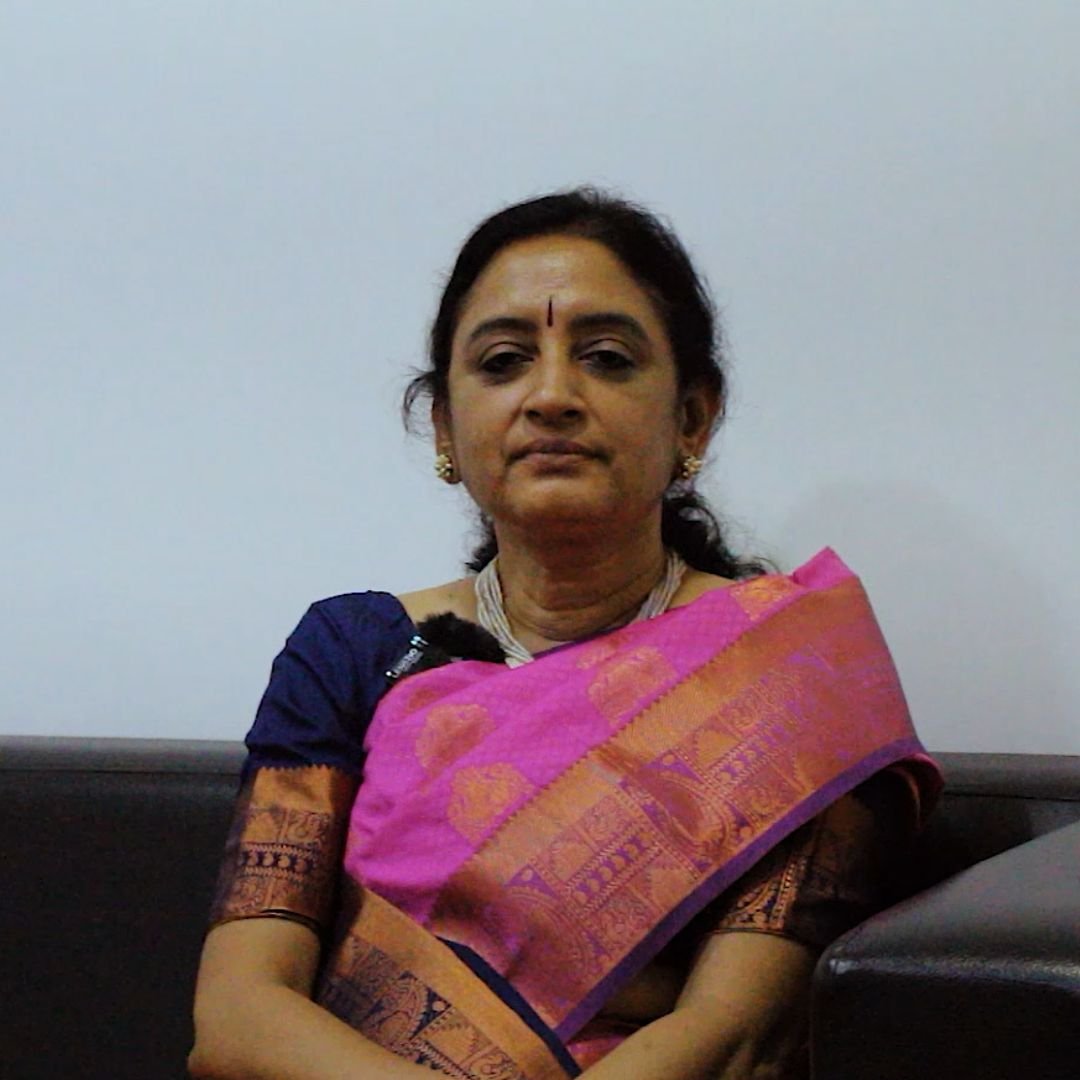Introduction
Thalassemia Major is a hereditary blood disorder that affects the production of healthy red blood cells. For patients and their families, one of the most significant decisions they face is determining the right time for a blood stem cell transplant. Dr. Revathi Raj, an expert in the field, sheds light on this critical issue and the available options for Thalassemia Major patients.
The Importance of Timing
Dr. Revathi Raj emphasizes that timing is crucial when considering a blood stem cell transplant for a child with Thalassemia Major. Studies have consistently shown that earlier intervention yields better outcomes. The optimal age for the procedure is under 7 years. There are several key reasons for this:
Iron Overload: Thalassemia Major patients often accumulate excessive iron in their hearts, livers, and other organs due to regular blood transfusions. This iron overload can lead to severe complications. An early transplant can help prevent or mitigate these complications.
Lower Complication Rates: Younger children tend to experience fewer complications during and after the transplant process. Their bodies are often more resilient, and they are less likely to have underlying health issues that could complicate the procedure.
Faster Recovery: Children typically recover more quickly than adults, both physically and emotionally. This speedy recovery can contribute to a better quality of life post-transplant.
Available Donor Options
One of the critical factors in the success of a blood stem cell transplant is finding a suitable donor. Dr. Revathi Raj explains that there are three primary options:
Fully Matched Family Donor: Around 30 percent of Thalassemia Major patients have a fully matched donor within their family. This option offers the best chance for a successful transplant, as the donor’s cells are genetically identical.
Matched Unrelated Donor: When a fully matched family donor is not available, medical teams can reach out to unrelated donor registries to find individuals who are suitable matches for the patient. This option covers another 30 percent of Thalassemia Major families.
Haploidentical Transplant: For the remaining 40 percent of patients without a fully matched family or unrelated donor, a half-matched or haploidentical transplant is a viable alternative. In this case, one parent or one sibling, who is a half-match, can donate stem cells. While this option may carry a slightly higher risk of complications, it can still be curative.
Accessibility of Options
Dr. Revathi Raj emphasizes that in many countries, all three options—fully matched family donors, matched unrelated donors, and haploidentical donors—are feasible. This means that a significant portion of Thalassemia Major patients can potentially benefit from a curative blood stem cell transplant.
Conclusion
Selecting the right time for a blood stem cell transplant in Thalassemia Major is a pivotal decision that can significantly impact a child’s future health and well-being. Early intervention, ideally before the age of 7, is associated with better outcomes. Additionally, having various donor options, including fully matched family donors, matched unrelated donors, and haploidentical donors, ensures that there are potential avenues for curative treatment for a substantial portion of Thalassemia Major patients. Consulting with healthcare professionals and specialists is essential to make an informed decision based on the individual circumstances of each patient.
Dr. Revathi Raj’s insights provide valuable guidance for families navigating this complex journey.
About DATRI:
DATRI Blood Stem Cell Donors Registry, a not-for-profit organisation, has facilitated more than 1207 Blood Stem Cell Donations to date. The journey began in the year 2009 to find unrelated matched donors for patients with leukaemia, Thalassemia or blood disorders whose life is dependent on an unrelated donor to survive. DATRI, India’s largest Blood Stem Cell Donors Registry, has more than 5,30,072 donors registered. DATRI is working towards creating a wide and diverse database of potential Blood Stem Cell Donors that can be accessed by any patient living anywhere in the world in need of a Blood Stem Cell Donation. Any healthy individual between the age of 18 years to 50 years can register as a blood stem cell donor with DATRI and potentially become a lifesaver when they’re found to be a match for a fatal blood disorder patient.

About the Author:
Dr Revathi Raj is a renowned paediatric haematologist in Apollo Hospitals, Chennai with over 20 years of experience. She specializes in treating conditions like Eosinophilia, Bone Marrow Transplants, Stem Cell Transplantation, and more. Driven by a love for working with children and a passion for haematology, she has achieved over 80% cure rates in treating Paediatric Leukaemia/Lymphoma. Dr. Revathi is also actively involved in medical education, runs the Fanconi Anaemia Registry for India (REFAIN), and directs a Fellowship program for young doctors in Paediatric Hematology/Oncology.
For more information about thalassemia click the links below to watch Dr. Revathi Raj’s interview

